Exploring the Promise and Limits of CO2 Sequestration Technologies
- D D Ramteke
- Apr 11, 2023
- 2 min read
As the world continues to grapple with the effects of global warming, many are looking to CO2 sequestration technologies as a way to mitigate the damage caused by excessive CO2 emissions. CO2 sequestration, or carbon capture and storage (CCS), refers to the process of capturing CO2 emissions from industrial processes and storing them underground or repurposing them for other uses.
There are several current CO2 sequestration technologies that are being developed and deployed around the world. Let's take a clos

er look at some of them.
Geological Sequestration: One of the most widely researched and developed CO2 sequestration technologies is geological sequestration, which involves injecting CO2 into geological formations such as depleted oil and gas reservoirs or deep saline aquifers. The CO2 is stored underground and prevented from entering the atmosphere. While this technology has been successfully tested and deployed on a small scale, it remains expensive and requires careful monitoring to ensure long-term safety and effectiveness.
Ocean Sequestration: Another potential CO2 sequestration technology is ocean sequestration, which involves injecting CO2 into the deep ocean or using natural processes to promote the uptake of CO2 by marine organisms. While this technology has potential, it also raises concerns about the impact on ocean ecosystems and the long-term safety of storing CO2 in the ocean.
Mineral Sequestration: A more experimental CO2 sequestration technology is mineral sequestration, which involves reacting CO2 with naturally occurring minerals such as olivine or serpentine to create stable carbonates. While this technology has the potential to permanently remove CO2 from the atmosphere, it is currently expensive and energy-intensive.
Industrial Applications: Finally, there are several industrial applications of CO2 sequestration technologies, such as using CO2 emissions to produce building materials or fuels. While these applications can reduce the amount of CO2 emitted by industrial processes, they are often limited by technical and economic feasibility.
While these CO2 sequestration technologies show promise, they are not a silver bullet solution to the problem of global warming. We still need to prioritize reducing our CO2 emissions through measures such as renewable energy, energy efficiency, and carbon pricing. CO2 sequestration technologies should be viewed as a complementary measure to reduce our net CO2 emissions, but not a replacement for reducing emissions at their source.
In conclusion, CO2 sequestration technologies are an important tool in the fight against global warming, but they require further research and development to ensure their safety, effectiveness, and scalability. With continued investment and innovation, we may be able to unlock the potential of CO2 sequestration technologies to help create a more sustainable future.






Comments